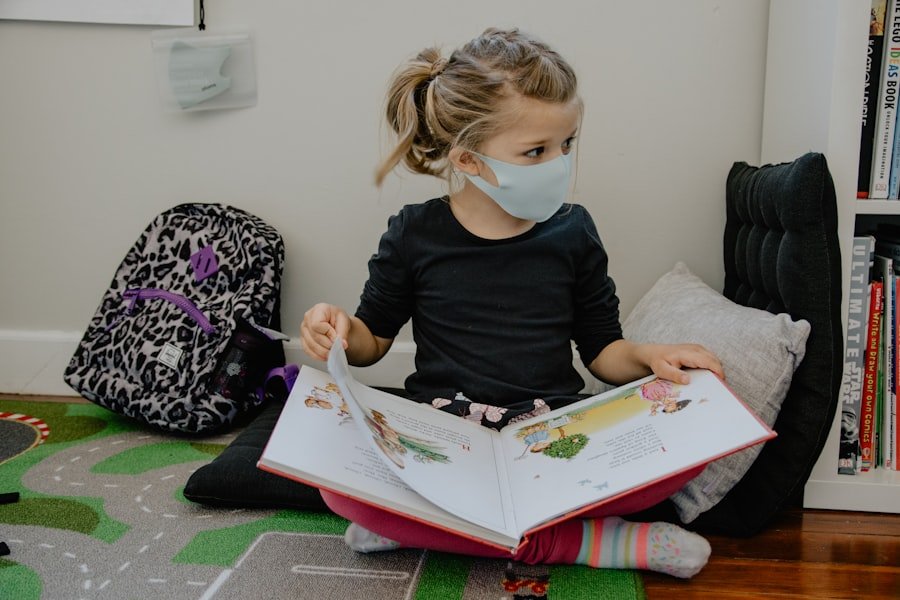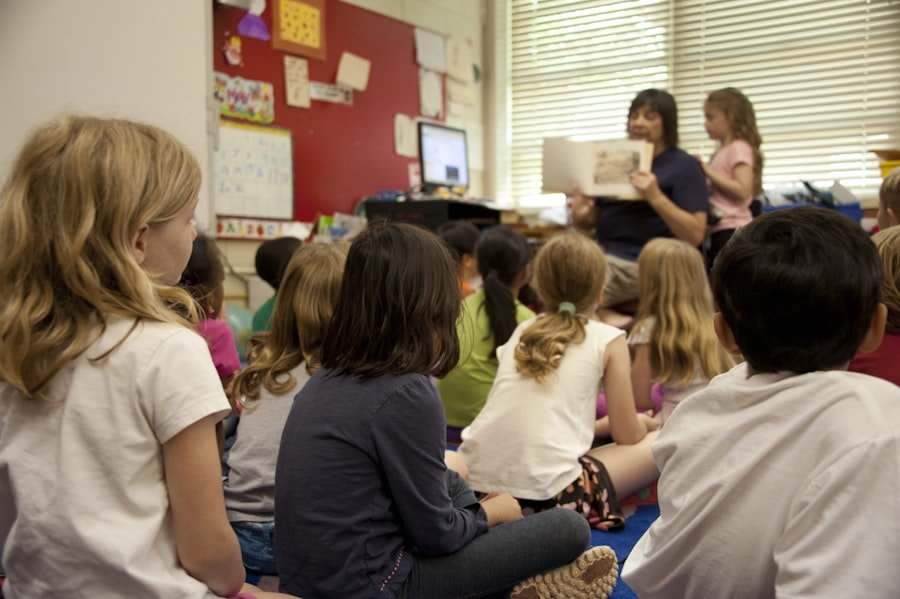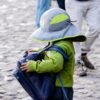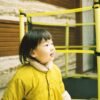![Capturing Education: Photography for Schools Photography holds a significant place in the realm of education, serving as a powerful tool for both teaching and learning. As I reflect on my own experiences, I realise that images can convey complex ideas and emotions that words often struggle to express. In classrooms, photography can bridge gaps in understanding, allowing students to visualise […]](https://schoolshots.co.uk/wp-content/uploads/2025/05/image-28.jpg)
Photography holds a significant place in the realm of education, serving as a powerful tool for both teaching and learning. As I reflect on my own experiences, I realise that images can convey complex ideas and emotions that words often struggle to express. In classrooms, photography can bridge gaps in understanding, allowing students to visualise concepts and engage with the material on a deeper level.
It transforms abstract theories into tangible realities, making learning more relatable and impactful.
When I think back to my school days, I remember how capturing moments through a lens allowed me to explore my surroundings and express my unique perspective.
This creative outlet not only enhances students’ artistic skills but also encourages critical thinking and problem-solving. By integrating photography into the educational landscape, we empower students to document their learning journeys and share their stories with the world.
Key Takeaways
- Photography in education helps students develop visual literacy and critical thinking skills.
- Photography enhances learning by providing a creative outlet for self-expression and promoting observation and attention to detail.
- Tips for taking great photos in schools include using natural light, capturing candid moments, and focusing on the subject’s emotions.
- Photography plays a crucial role in school marketing by showcasing the school’s facilities, activities, and achievements to attract prospective students and parents.
- Using photography to capture special events and milestones helps preserve memories and create a sense of community within the school.
How Photography Enhances Learning
The integration of photography into educational practices can significantly enhance the learning experience. For instance, visual aids can help students retain information more effectively than text alone. When I engage with visual content, I find that it sticks with me longer, creating a lasting impression that aids in recall.
This phenomenon is particularly beneficial for visual learners who thrive on imagery and graphics. By incorporating photography into lessons, educators can cater to diverse learning styles and ensure that all students have the opportunity to grasp complex concepts. Additionally, photography encourages active participation in the learning process.
When students are tasked with capturing images related to their studies, they become more invested in their education. I have witnessed firsthand how this hands-on approach ignites curiosity and fosters a sense of ownership over their learning. Students are not merely passive recipients of information; they become active participants, exploring their environment and documenting their findings through photography.
This engagement not only deepens their understanding but also cultivates a love for learning that can last a lifetime.
Tips for Taking Great Photos in Schools

Taking great photos in schools requires a blend of technical skills and an understanding of the environment. One of the first tips I would offer is to pay attention to lighting. Natural light can be your best friend when capturing images indoors or outdoors.
I often find that shooting near windows or during golden hour—just after sunrise or before sunset—can create stunning effects that enhance the overall quality of the photographs. Avoiding harsh overhead lighting can also help reduce unflattering shadows and create a more inviting atmosphere in the images. Another essential tip is to focus on composition.
The rule of thirds is a classic guideline that can elevate your photography game. By imagining your frame divided into nine equal parts and placing key elements along these lines or at their intersections, I have found that my photos become more balanced and visually appealing. Additionally, experimenting with different angles can yield surprising results; sometimes, getting low to the ground or shooting from above can provide a fresh perspective that captures the essence of the moment.
The Role of Photography in School Marketing
In today’s digital age, photography plays a crucial role in school marketing strategies. As I navigate through various school websites and social media platforms, I notice that compelling images can significantly influence prospective students and parents. High-quality photographs showcasing school facilities, events, and student life create an inviting atmosphere that draws people in.
They serve as visual testimonials to the school’s culture and values, helping to establish a strong brand identity. Moreover, photography can highlight achievements and milestones within the school community. When I see images of students engaged in extracurricular activities or academic successes, it paints a picture of a vibrant and thriving educational environment.
These visuals not only attract new families but also foster pride among current students and staff. By effectively utilizing photography in marketing efforts, schools can communicate their unique offerings and create a lasting impression on their audience.
Using Photography to Capture Special Events and Milestones
Special events and milestones are integral parts of the school experience, and photography serves as a vital means of documenting these moments. From graduations to sports events, capturing these occasions allows us to preserve memories that can be cherished for years to come. I often find myself reminiscing about my own school events through photographs; they evoke emotions and transport me back to those significant times in my life.
Additionally, photography can foster a sense of community within the school. When I see images of classmates celebrating achievements or participating in collaborative projects, it reinforces the bonds we share as a community. These photographs become part of our collective narrative, showcasing our journey together as we navigate the challenges and triumphs of education.
By prioritizing photography during special events, schools can create lasting records that celebrate their unique stories.
Incorporating Photography into Classroom Projects

Enhancing Comprehension and Collaboration
This approach not only enhances students’ comprehension of a topic but also encourages collaboration among peers as they work together to capture images that represent their ideas. Furthermore, photography can serve as a catalyst for discussions and reflections within the classroom.
Fostering Critical Thinking and Community
After completing a project that involves taking photos, I have found that sharing these images with classmates often leads to meaningful conversations about the subject matter. Students can analyse each other’s work, provide constructive feedback, and engage in critical thinking about the themes presented through their photographs.
Boosting Learning Outcomes
This collaborative environment fosters a sense of community while enhancing learning outcomes. By incorporating photography into classroom projects, teachers can create a more engaging and interactive learning environment that promotes student creativity, critical thinking, and collaboration.
The Impact of Visual Storytelling in Education
Visual storytelling is an incredibly powerful tool in education, allowing students to convey narratives through images rather than words alone. As I explore this concept further, I recognise how it enables students to connect emotionally with their subjects and communicate complex ideas effectively. When students create visual stories—whether through photo essays or multimedia presentations—they learn to think critically about how images can shape perceptions and convey messages.
Moreover, visual storytelling encourages empathy among students. By capturing moments from diverse perspectives, I have seen how students develop a deeper understanding of different cultures and experiences. This practice not only enriches their educational journey but also cultivates compassion and awareness in an increasingly interconnected world.
Through visual storytelling, we empower students to share their voices while fostering an appreciation for the stories of others.
Best Practices for Documenting Student Work through Photography
Documenting student work through photography is essential for showcasing progress and celebrating achievements. One best practice I have found effective is to create a consistent system for capturing images throughout the school year. By regularly photographing student projects, presentations, or classroom activities, educators can build a comprehensive portfolio that reflects growth over time.
This documentation not only serves as a valuable resource for assessment but also highlights individual and collective accomplishments. Additionally, involving students in the documentation process can enhance ownership over their work. When students take part in photographing their projects or activities, they become more invested in their learning journey.
I have witnessed how this practice encourages reflection; students often analyse their work through the lens of photography, identifying areas for improvement while celebrating their successes. By fostering this sense of agency, we empower students to take pride in their achievements.
Utilising Photography for School Yearbooks and Publications
School yearbooks and publications are cherished keepsakes that capture memories from each academic year, and photography plays a pivotal role in this process. As I flip through old yearbooks filled with candid shots and group photos, I am reminded of the importance of documenting everyday moments alongside major events. Including a variety of images—from classroom activities to candid interactions—creates a well-rounded representation of student life.
Moreover, engaging students in the yearbook creation process can foster collaboration and creativity within the school community. When students are involved in selecting photos or contributing their own images, it cultivates a sense of ownership over the final product. I have seen how this collaborative effort not only strengthens relationships among peers but also results in a yearbook that truly reflects the spirit of the school community.
The Ethics and Legalities of Photographing Students in Schools
While photography offers numerous benefits in education, it is essential to navigate the ethical and legal considerations surrounding photographing students. As an educator or photographer within a school setting, I must be aware of privacy concerns and obtain necessary permissions before capturing images of students. This includes securing consent from parents or guardians when required, ensuring that we respect individual rights while promoting a positive environment.
Additionally, it is crucial to establish guidelines for how photographs will be used once taken. Clear communication about where images will be shared—whether on social media platforms or school publications—can help alleviate concerns from parents and guardians regarding privacy issues. By prioritising ethical practices in photography, we create a safe space for students while still harnessing the power of visual storytelling.
Training and Resources for Educators to Improve Their Photography Skills
To fully harness the potential of photography in education, educators must continually seek opportunities for growth in their skills. There are numerous training programs and resources available that cater specifically to teachers looking to enhance their photography abilities. Workshops focused on technical skills such as composition, lighting, and editing can provide valuable insights that translate directly into improved classroom practices.
Additionally, online platforms offer tutorials and courses tailored for educators interested in integrating photography into their teaching methods. As I explore these resources, I find inspiration from fellow educators who share their experiences and tips for success. By investing time in professional development related to photography, we equip ourselves with the tools necessary to enrich our classrooms while fostering creativity among our students.
In conclusion, photography is an invaluable asset within education that enhances learning experiences while fostering creativity and self-expression among students. By embracing its potential across various aspects—from classroom projects to school marketing—we create an environment where visual storytelling thrives. As educators continue to develop their skills in photography, we pave the way for future generations to appreciate the power of images as they navigate their own educational journeys.
Schools looking to enhance their photography skills can check out the school news article for tips and tricks. Additionally, they can also learn from the expertise of Julie Horsey, a member of the School Shots team, by visiting Julie Horsey’s profile. Schools can improve their photography game with resources like these and capture memorable moments for their students and staff.
FAQs
What is photography?
Photography is the art, application, and practice of creating durable images by recording light, either electronically by means of an image sensor, or chemically by means of a light-sensitive material such as photographic film.
Why is photography important for schools?
Photography is important for schools as it helps students develop their creativity, observation skills, and visual literacy. It also allows students to document and communicate their experiences and perspectives.
What are the benefits of teaching photography in schools?
Teaching photography in schools can help students develop technical skills, critical thinking, and problem-solving abilities. It also encourages self-expression and can boost students’ confidence and self-esteem.
What are the different types of photography that can be taught in schools?
Schools can teach various types of photography, including portrait photography, landscape photography, documentary photography, still life photography, and experimental photography.
What equipment is needed for teaching photography in schools?
Basic equipment for teaching photography in schools includes digital cameras, tripods, memory cards, and editing software. Schools may also need lighting equipment and backdrops for studio photography.
How can photography be integrated into the school curriculum?
Photography can be integrated into the school curriculum by incorporating it into art, media studies, science, and social studies classes. It can also be used for documenting school events and projects.







